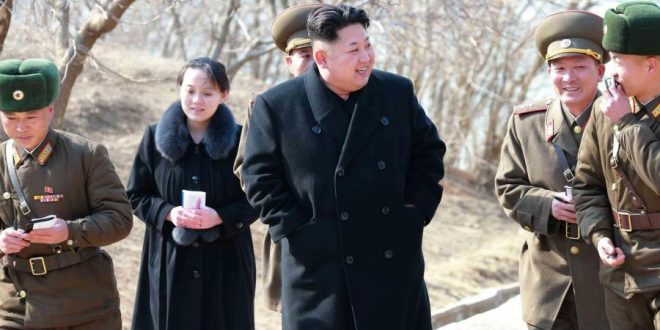North Korea’s underground nuclear test site has turned the surrounding area to wasteland and caused defects among newborn babies, defectors have reported
About 80 percent of trees that are planted die, and underground wells have also run dry, 21 defectors who used to live in Kilju county, the location of the Punggye-ri test site, told the Research Association of Vision of North Korea.
“I heard from a relative in Kilju that deformed babies were born in hospitals there,” one defector claimed, according to the Chosun Ilbo newspaper. He added that locals were worried about radioactive contamination.
“I spoke on the phone with family members I left behind there and they told me that all of the underground wells dried up after the sixth nuclear test,” said another, referring to the regime’s most recent test in September.
Defectors, including one person who claimed to have lived through two nuclear tests in 2006 and 2009, testified that local people were not warned in advance.
“Only family members of soldiers were evacuated to underground shafts. Ordinary people were completely unaware of the tests,” said the defector, who fled North Korea in 2010.
According to another source who has visited Kilju since the sixth nuclear test, residents were banned from making hospital appointments in the capital, Pyongyang.
Officials also appear to be intent on keeping a lid on accounts from Kilju county, with anyone caught boarding trains with samples of soil, water or leaves, reportedly being arrested and sent to prison camps.
Meanwhile, 38 North, a North Korea monitoring site operated out of Johns Hopkins University, Maryland, reported at the weekend that commercial satellite imagery of Punggye-ri had shown significant movements near the West Portal, a yet unused tunnel complex.
It was, however, difficult to determine the exact purpose of the movement of equipment like mining cards and netting, the report concluded.
 Lebanese Ministry of Information
Lebanese Ministry of Information



